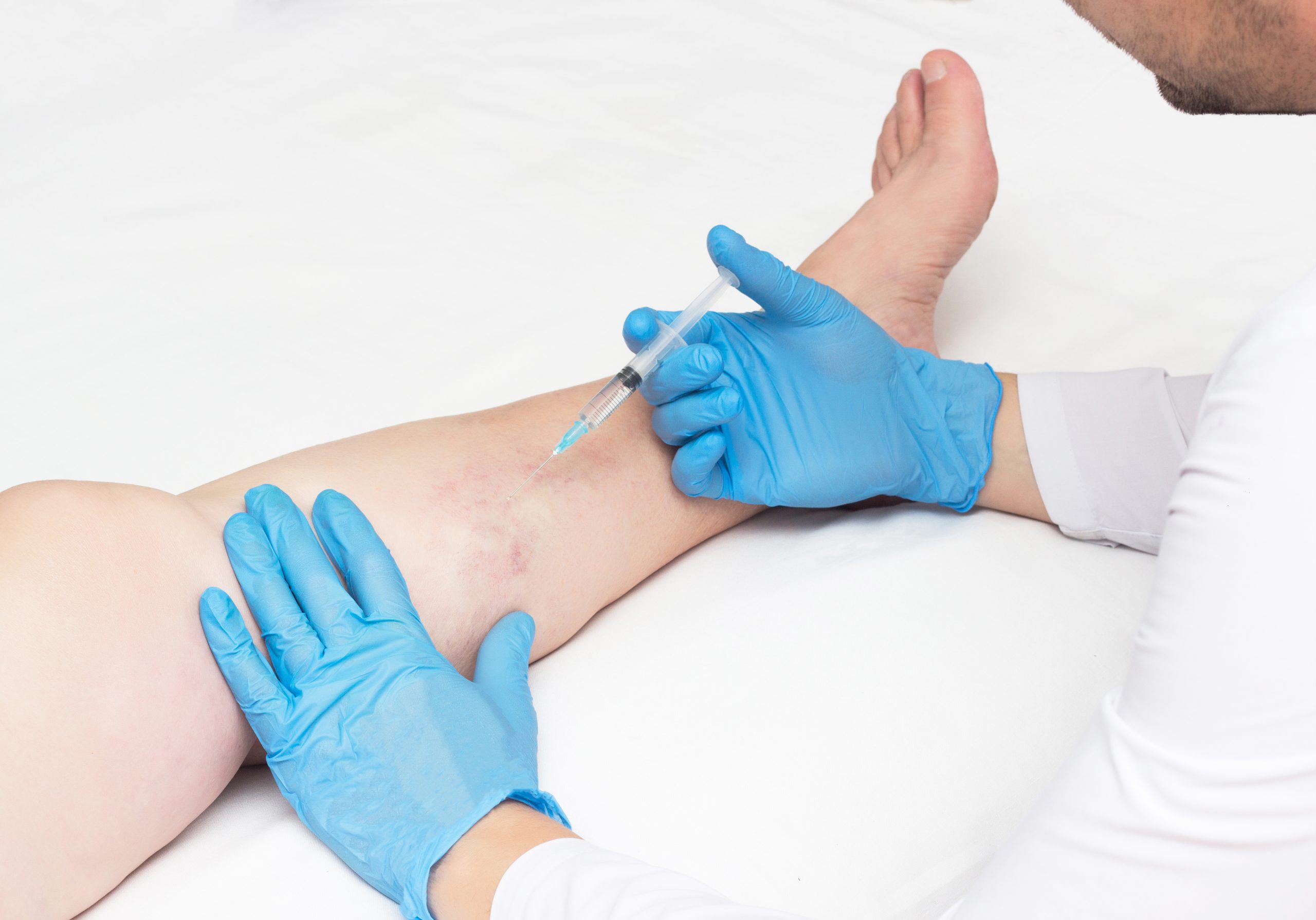
Varicose Veins
Varicose veins are swollen blood vessels that may appear under your skin surface in your legs. When your vein walls are weak and valves aren’t working correctly, blood backs up in your vein. It will cause the blue and purple bulges you may see on your legs and feet. You must be thinking, what is the treatment for varicose veins? There are several treatments that reduce the symptoms of varicose veins. However, varicose veins are reversible.
They can be itchy or painful. Spider veins, which varicose veins may surround, are small red and purple lines that may appear close to your skin’s surface. Although uncomfortable and painful, varicose veins aren’t dangerous for some people. But in some cases, severe varicose veins can lead to serious health problems, such as blood clots. What are the Treatment Options for Varicose Veins? Your healthcare will provide you with injections, laser therapy, or surgery.
Difference between varicose veins and spider veins
Both varicose and spider veins are venous diseases, but they look different. Spider veins are smaller and thinner compared to varicose veins, and they look like red and blue spiderwebs and are closer to the color of the skin.
Spider veins aren’t painful but itchy. They can appear anywhere on your body, mostly on your feet and on your face. And varicose veins usually appear on your feet and legs.
Who is likely to get varicose veins?
Anyone can develop varicose veins disease, But certain factors may increase the chance of developing varicose, such as
- Age: Because of aging, vein walls and valves don’t work correctly. Veins lose elasticity and stiffness.
- Gender: Usually, female hormones can allow the walls of the veins to stretch. A woman who is pregnant or going through menopause may have a higher risk of varicose veins because of changes in hormone levels.
- Family history: This condition can be inherited and may run in families.
- Lifestyle: Standing or sitting for an extended period may likely decrease circulation. Wearing restrictive clothing, such as pants with tight waistbands, can reduce blood flow.
- Overall health: Certain conditions, such as severe constipation or certain tumors, may increase force in the veins.
- Tobacco use: Those who use tobacco products are more likely to get varicose veins.
- Weight: Excess weight people put pressure on blood vessels.
SYMPTOMS AND CAUSES
- Bulging veins: Twisted, swollen, rope-like veins are often blue or purple. They appear just below the skin surface on your legs, ankles, and feet. And They can develop in clusters. Moreover, tiny red and blue lines (spider veins) may appear nearby.
- Heavy legs: Muscles in your legs may feel tired, serious, or sluggish and sometimes feel sharp pain, especially after physical activity.
- Itching: The area around varicose veins may feel itchy.
- Pain: Legs may be painful, achy, or sore, especially behind your knees. You might feel cramps.
- Swelling: Your legs, ankles, and feet can swell up and throb.
- Skin discolorations and ulcers: If left untreated, varicose veins can cause brown discolorations on your skin. Severe varicose veins can cause venous ulcers (sores) on your skin.
Article Source : https://www.worldofarticles.com/what-are-varicose-veins/




Load more comments